New & Old: A Guide To L.A. Metro's Rolling Stock
All of the different types of trains on Metro's four light rail and two heavy rail lines.
From the original opening of the Blue and Red line, to our current network of the A, B, C, D, E, and K lines, there’ve been a variety of trains that have run on L.A.’s tracks. I won’t bore you with a super long intro, so let’s dive right in:
The Nippon Sharyo P865 (1990-2018)
The very first passenger rail vehicle since the fall of the Pacific Electric and interurbans in the mid-1900s. It was commissioned and used in the original opening of the Blue light rail line, which ran from Anaheim St. in Long Beach to Pico Blvd. in Downtown L.A. Of the original 54, only 3 were preserved. One is awaiting installation as a permanent fixture in the Long Beach Transit Mall, and you can find another at the Southern California Railway Museum in Perris, CA (accessible by Metrolink!), still in it’s vintage paint job.
Bonus: The Nippon Sharyo P2020 (1995–2021)
Basically just a clone of the P865s, they were ordered to supplement and serve the new Green Line, in the median of the I-105 freeway.
The Breda A650 (1993–present)
Still in service today, these are the oldest units in Metro’s currently operating fleet. They were built in two batches, with units 501–530 using DC motors, and 531–604 using AC motors. You’ll spot them all across the Metro B and D heavy rail lines. They were originally built for use on the Red Line, which opened a few years after the Blue Line.
Bonus: The Refurbished A650s (2024-present)
Refurbished recently to prolong their lifespan, these A650s come with brand-new interior lighting and overhauled onboard systems. You’ll be able to spot them with the new livery, which transitfans have dubbed the “Pikachu livery.”
The Siemens P2000 (2001-present)
The Siemens P2000 were originally ordered to complement the existing P2020s on the Green Line (now the C), but ended up running on the former Gold Line. They were taken out of service for a few years and got their flip-dot displays replaced with sleek new LEDs on the headsigns, as well as system overhauls and component replacement. They’ve been running on the A line exclusively since the completion of their overhaul in late 2024.
The AnsaldoBreda P2550 (2008-present)
Ordered to complement the light rail fleet, the P2550s were delivered 5,000lbs overweight after several delays. This meant they were eventually limited to only the Gold Line, and today operate exclusively on the A line. Several cars have been sent for refurbishment, including systems overhaul and new LEDs to replace the flip-dots on the front and sides. Some of these units have been caught testing on the A and E lines.
The Kinki Sharyo P3010 (2016-present)
The original P865s and P2020s were beginning to show their age, and due to the overweight and delayed nature of the P2550s, Metro could not replace them with the P2550s. Seeing this, they started a new contract with Kinki Sharyo to create 235 trains, to be used on the A, E, C and then-future K line. These are the most common trains you’ll see on the light rail lines.
The CRRC HR4000 (2024-present)
In order to replace some of the original (and VERY old) Breda A650s, as well as expand the fleet in advance of the new D line extensions, Metro placed orders with CRRC for 64 subway cars to be used on the B and D heavy rail lines. These trains were delayed by both the COVID-19 pandemic and compliance issues with the Uyghur Forced Labor Act. Metro did not exercise options for these cars, which means the first 64 to be manufactured will be the only 64 to be manufactured.
The (Future) Hyundai Rotem HR5000
To round it all off, we have the final confirmed new addition to the fleet. Now under design and construction, the HR5000 will be the ultimate replacement to the Breda A650s. These sleek new cars will operate on the B and D lines, especially helping to run the D line’s new 4-minute peak frequencies.
Conclusion
That’s all the trains that have ever run on or are running on Metro. As the system evolves, no doubt that the trains will continue to do so as well. I hope you found it as interesting as I did to look into the background of each of the different trains that run across our system.




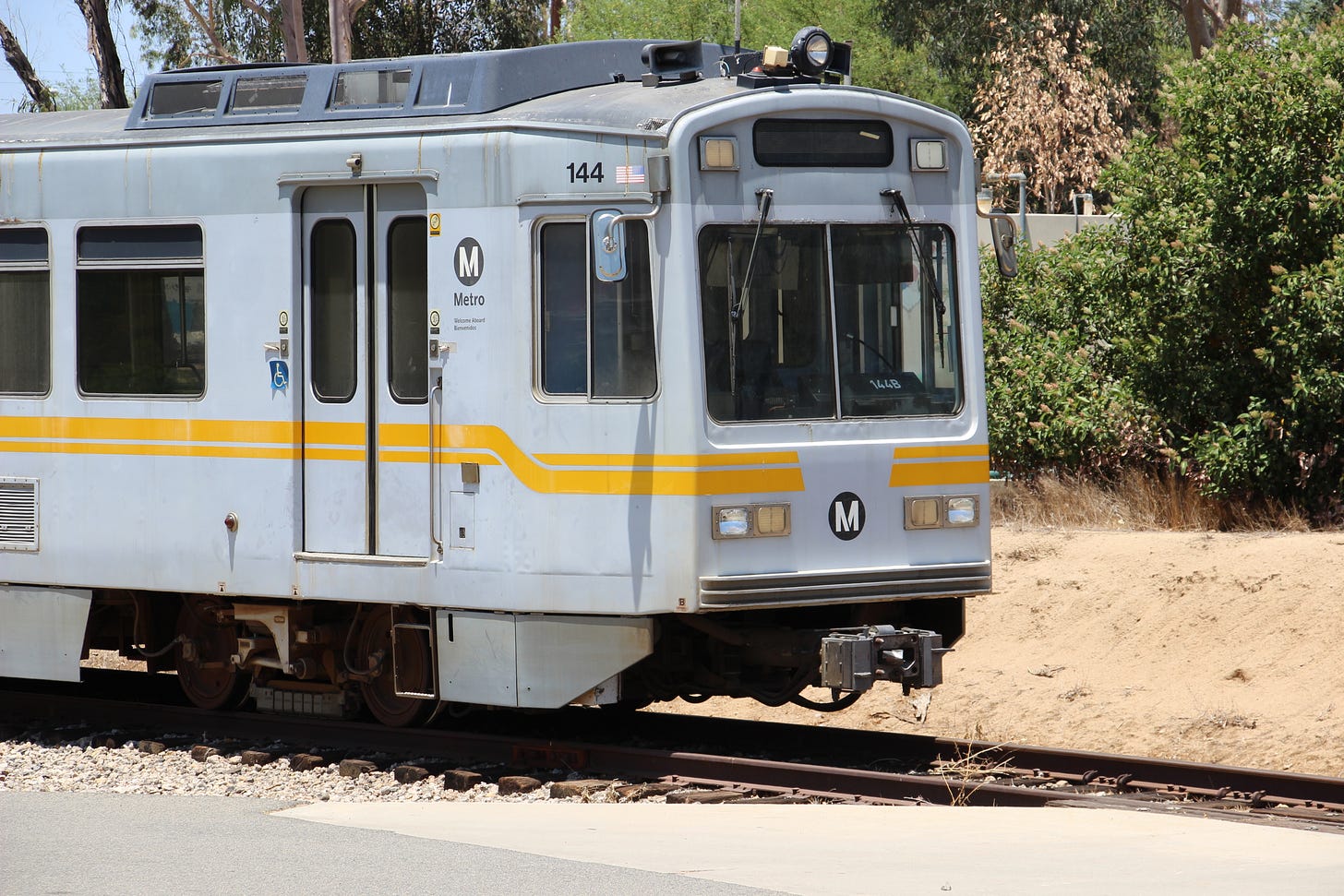
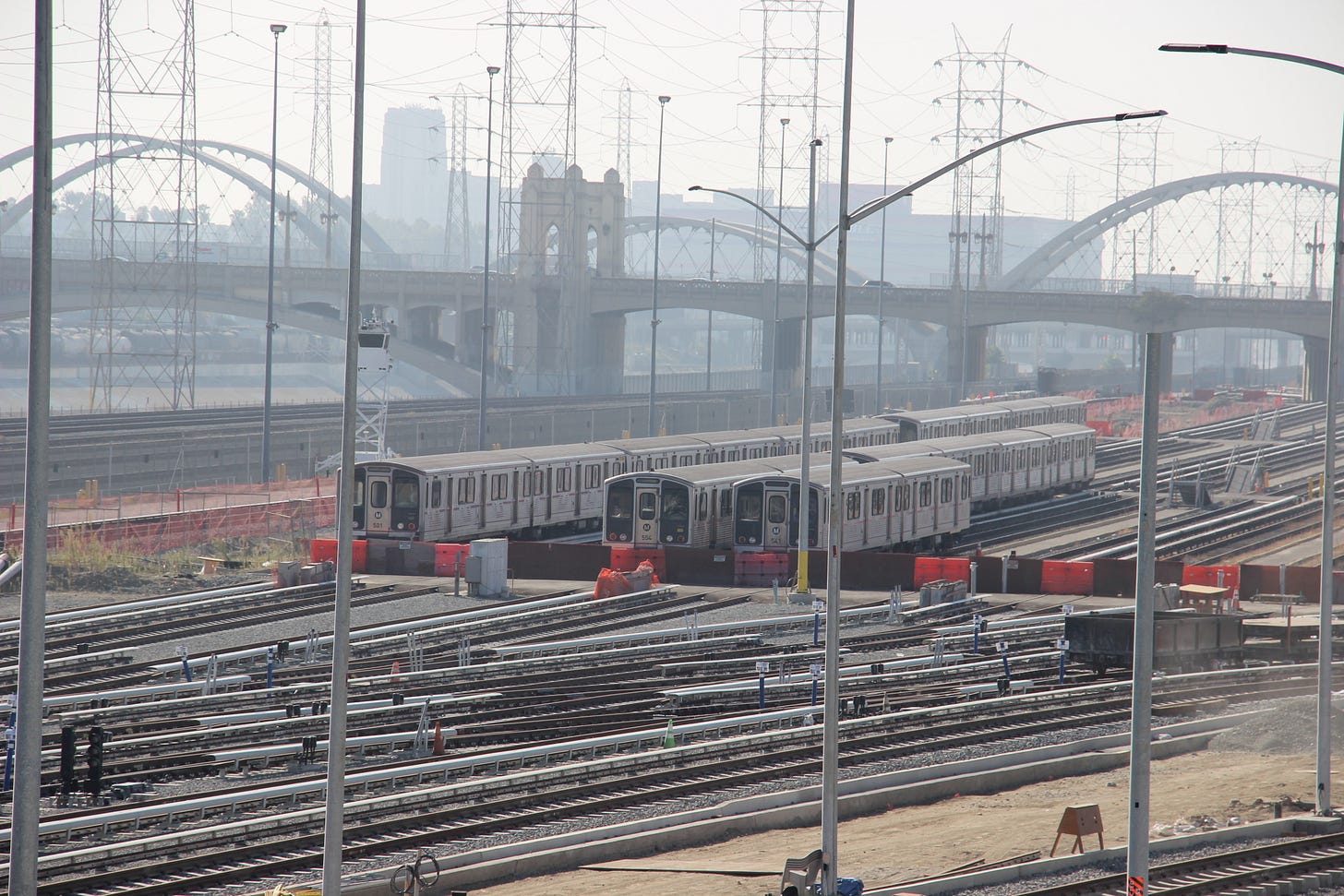
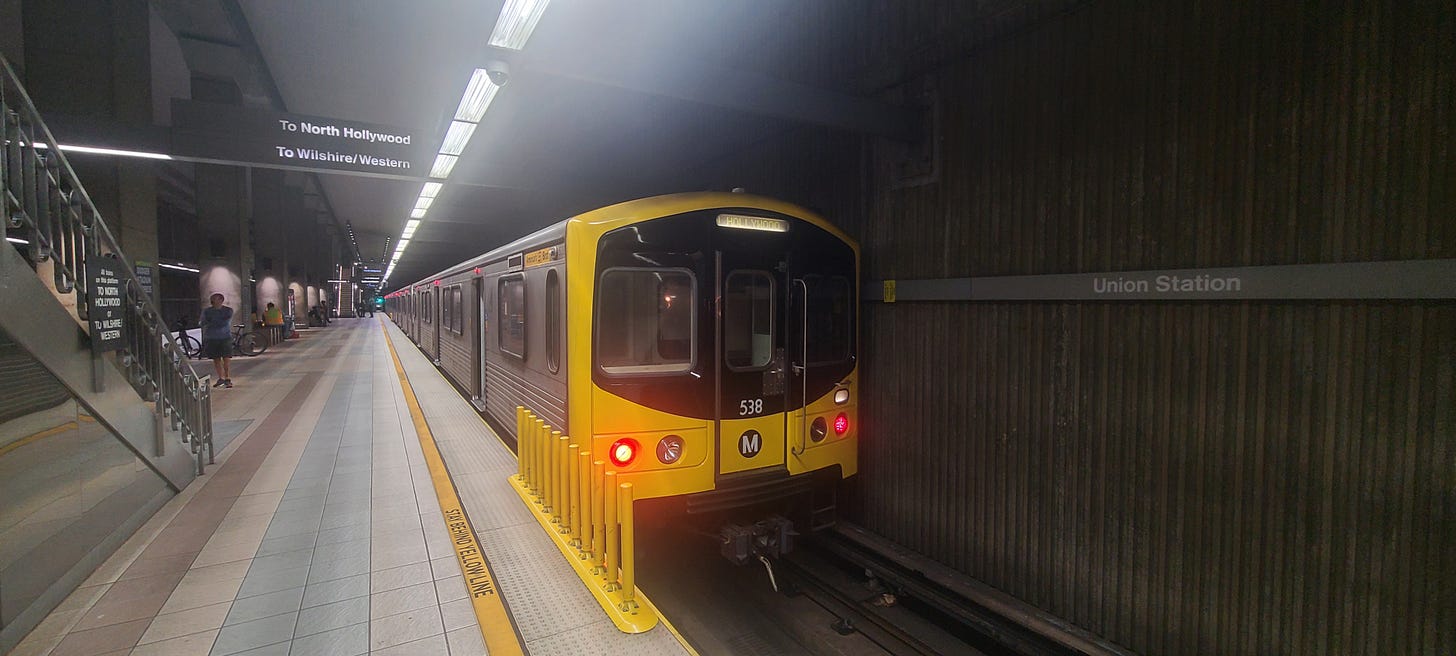

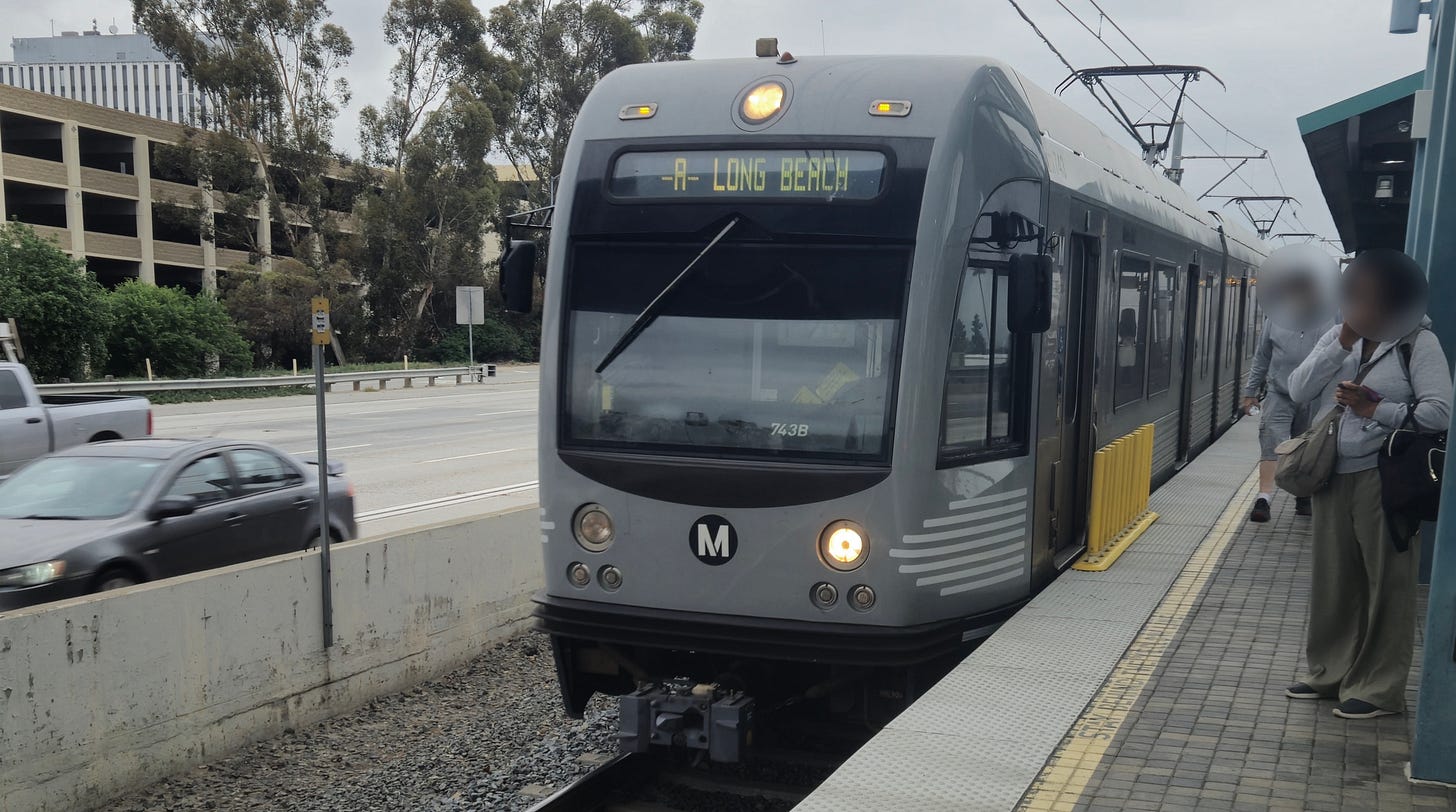
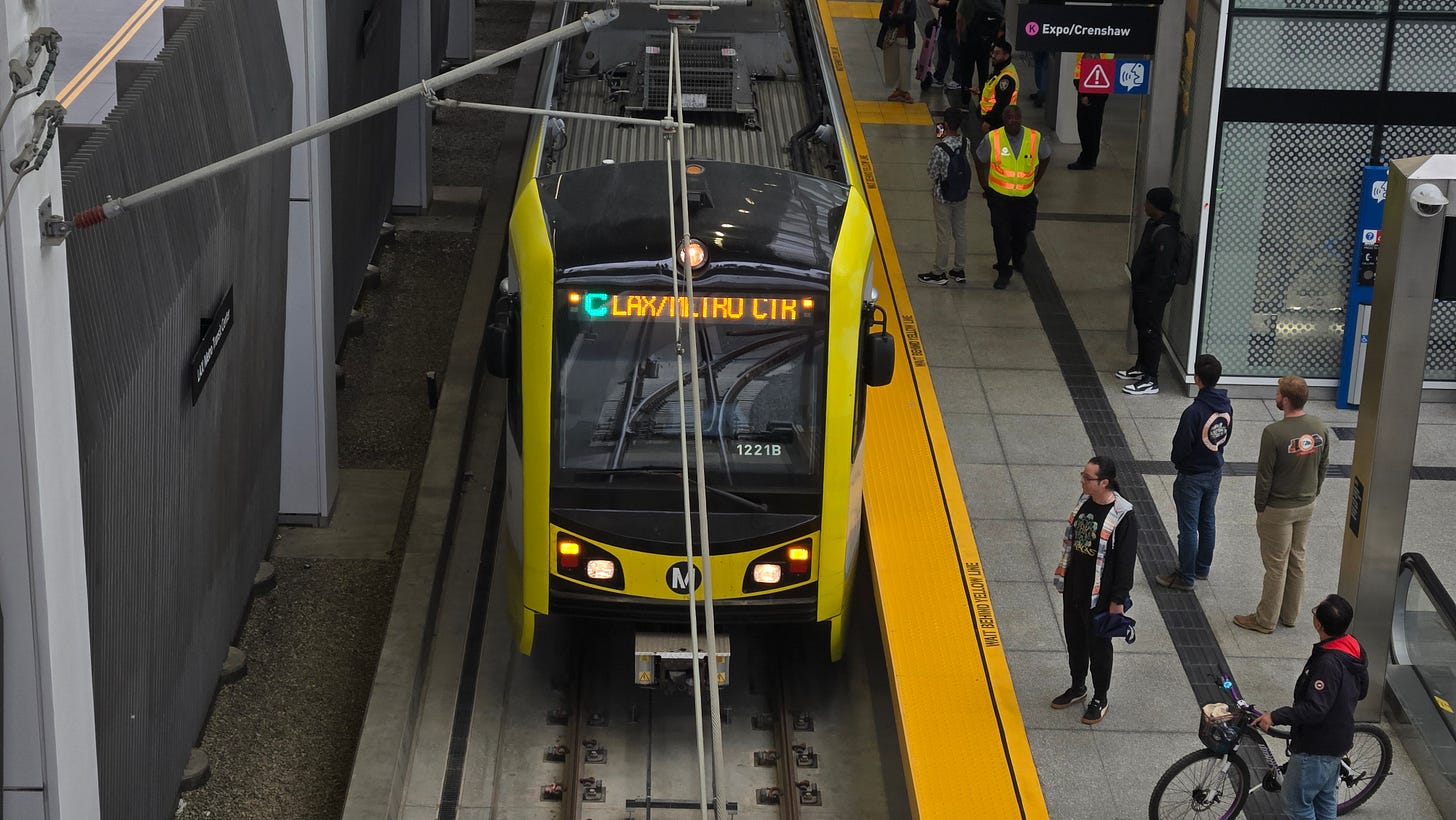
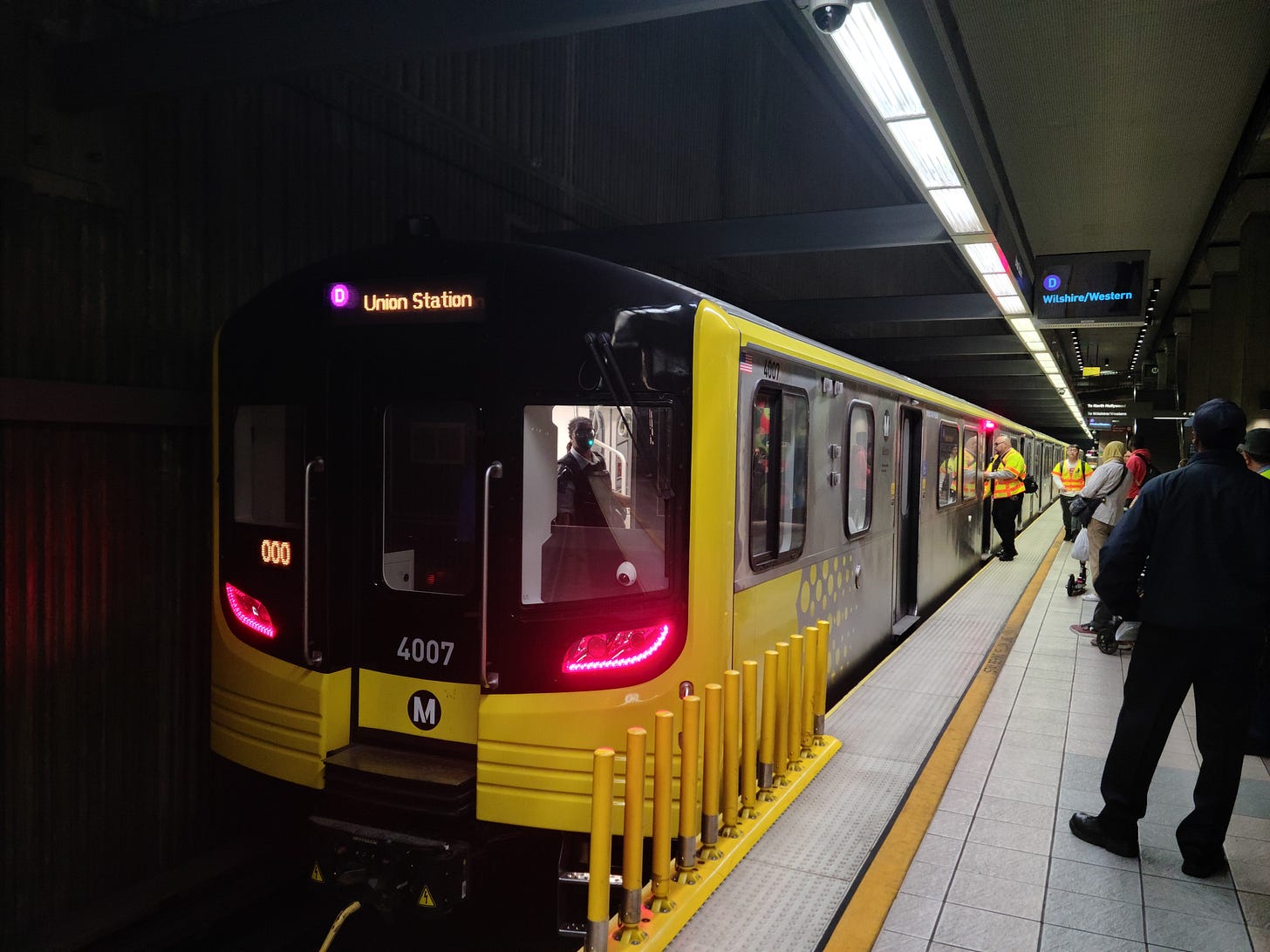
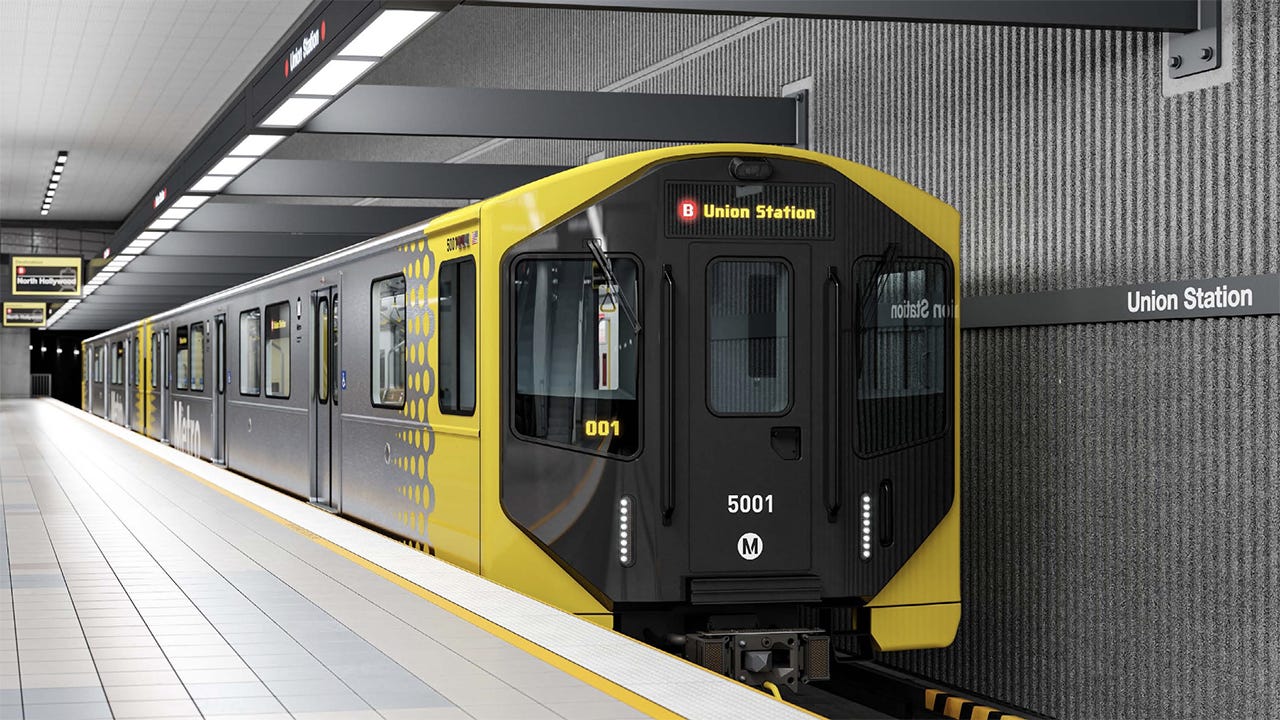
gc migration when